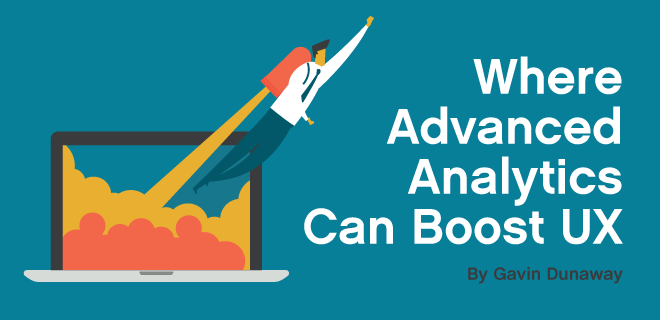
While it’s always has been a major part of the revenue professional’s work, user experience has greatly risen in prominence over the last few years. That’s thanks to a variety of issues: the ad block scare, the viewability movement, rising mobile traffic, and so on. The days of haphazardly slapping another unit on a page are over—which is for the best.
UX is a vague concept—there are no hard and fast rules, just guidelines, really flexible and fluctuating ones at that. The first place for the publisher revenue team to address UX is through the type of formats they let on the page and the creative that comes in from demand partners. At the last Publisher Forum, the hottest (as in “fiery”) topic might have been the fight against bad creative. (By the way, AI and machine learning can come in handy here too.)
To dive into the heart of user experience, though, revenue pros need to analyze placements and overall layouts. “Location of ads on the page has a large impact on page views,” Ezoic’s John Cole points out. This may seem obvious, but it’s something we don’t think about enough, typically because we’re blinded by the great yield chase. You should be constantly experimenting with where your ads appear and how users react.
This means a trip into the ghastly realm of analytics. (GASP!) But we shouldn’t be just monitoring your grandfather’s standard analytics because these can be easily corrupted or inflated due to poor navigation or long page load times. Let’s look at the cutting-edge stuff.
Evolving Analytics
Sure, session duration is handy, but it might include time xwhere a user is tabbed over on another browser. You need to be looking at engaged time, which is typically measured around clicks and scrolling. It’s the same metric that’s used by publishers like the Financial Times that are guaranteeing sales against time spent (cost per hour, or cost per second).
Pageviews? How quaint! Let’s talk about engaged pageviews, one where the user is active (e.g., scrolling, playing a video) for at least 10 seconds. No, it won’t be as high as regular pageviews, but it will tell you a lot about your content and your most valuable users.
Finally, there’s more to bounce rates than meets the eye. We tend to think of the traditional content hit and run with bounce rates—like a user checking in and out from a link posted on a social network—but you should also be considering navigation bounces.
This is when a user ventures to a page only to immediately return to the page from whence they came. Why? Most likely it was a mistake (user error!), but it could be he/she immediately realized the content was not what they were looking for…. Or perhaps there was an ad experience that made them say, “Screw this.”
Studying navigation bounces can be quite illuminating. Ezoic brings up a good example: your site is testing a new layout and pageviews go up, the bounce rate goes down, and session duration holds steady. Success, right? UX has improved!
But if users were really engaged with this layout, wouldn’t session duration go up? The case could be that users are actually clicking on more pages because they’re confused how to find their way around your new layout. Not so good, Al.
Too Much Effort?
“Balancing Revenue and User Engagement” has been the title of countless industry thought pieces, panels, and workgroups of the past few years. And typically they run into the same roadblock: initiatives to improve UX like diving deep into analytics can consume a lot of time and effort—time and effort that’s needed to keep the revenue machine humming.
However, your friendly neighborhood AI partner could make analysis simpler and less manual by sorting through the data and picking up on trends, as well as test high numbers of layouts with multiple variables. If you’re serious about improving UX while maintaining—or even improving on—revenue efforts, it’s worth looking into.